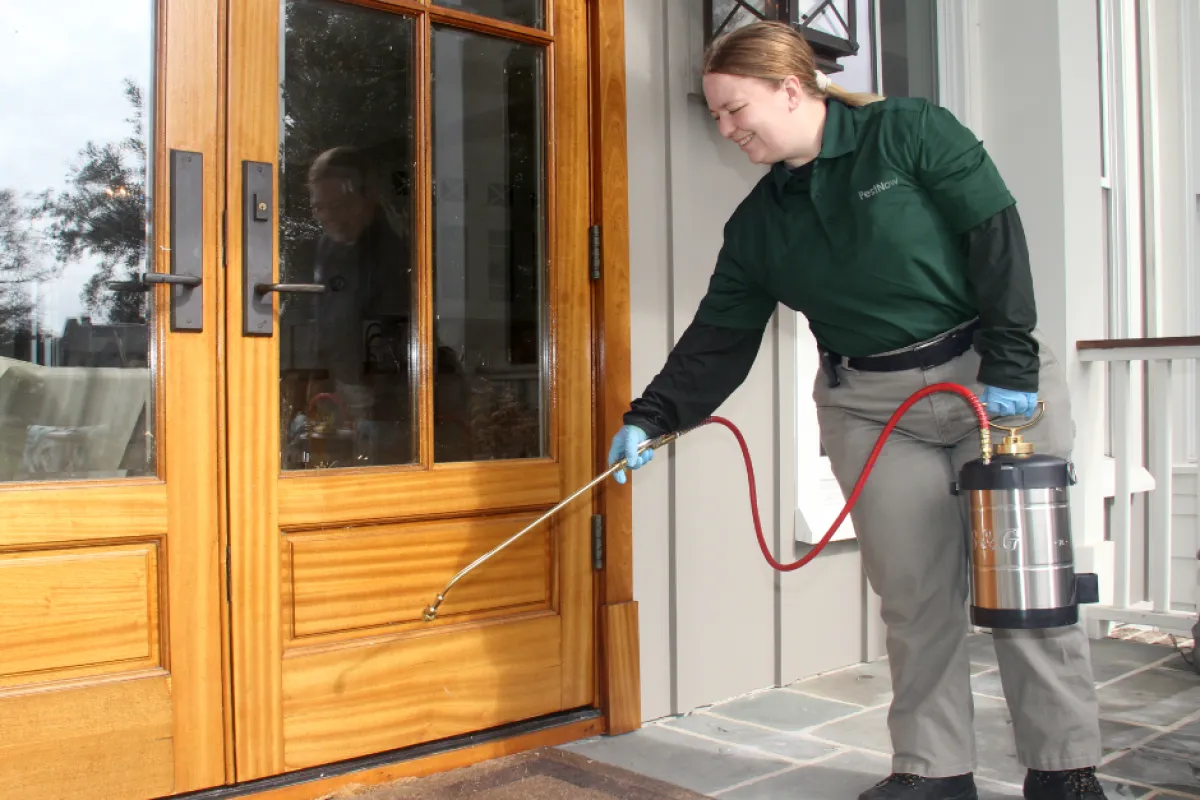Dependable A1 Bed Bug Exterminator Charlotte - Get Rid of Bed Bugs Rapid
Bed Pest Treatment Break Down: Contrasting Chemical Vs. Non-Chemical Solutions
In the world of bug control, specifically when dealing with the persistent issue of bed pests, the choice in between chemical and non-chemical therapy options can be a critical one. Both approaches supply distinctive advantages and downsides, affecting variables such as effectiveness, safety considerations, and overall price. By taking a look at the nuanced information of each approach, a more clear understanding of which path to seek in addressing a bed pest problem can be obtained.
Effectiveness of Chemical Treatments
Chemical therapies for bed pest problems have been widely recognized for their quick and potent efficiency in getting rid of these bugs. When thinking about the efficiency of chemical therapies, it is vital to understand that they can give a extensive and fast option to a bed pest trouble.
Moreover, chemical treatments have the benefit of providing residual effects, meaning that they can proceed to eliminate bed pests even after the first application. This residual action is especially helpful in combating any potential re-infestations. In addition, the quick activity of chemical therapies can bring relief to individuals encountering serious bed bug infestations, permitting them to reclaim control of their space rapidly.
Security Interest In Chemical Solutions
One important aspect that needs mindful consideration when utilizing chemical services for bed bug treatment is making certain the safety of passengers and the atmosphere. Direct exposure to particular chemicals made use of in bed insect treatments can lead to respiratory concerns, skin inflammation, or various other unfavorable responses, specifically in people with pre-existing conditions or sensitivities.
In addition, the ecological effect of chemical remedies is one more substantial consideration. Some chemicals utilized in bed bug therapies may be damaging to advantageous pests, wild animals, and ecosystems if they seep into the dirt or water supply. It is important to utilize chemical therapies deliberately, adhering to security standards, and considering less hazardous choices to alleviate these dangers and make certain the reliable and safe monitoring of bed pest problems.
Advantages of Non-Chemical Methods
Thinking about the possible security issues and environmental impact related to chemical remedies for bed insect treatment, discovering non-chemical approaches offers a promising choice with numerous unique benefits. Non-chemical methods offer a safer option for households, specifically those with individuals, youngsters, or animals conscious extreme chemicals. These approaches remove the risks of exposure to hazardous compounds, decreasing the potential for adverse health effects. Furthermore, non-chemical treatments are ecologically friendly, as they do not contribute to air or water pollution, making them a sustainable biological pest control choice for insect control.
Additionally, non-chemical remedies can be effective in targeting bed insects, consisting of hard-to-reach areas where chemical treatments may not permeate. Methods such as warmth treatment, vacuuming, vapor cleansing, and bed mattress encasements offer comprehensive obliteration without the use of harmful chemicals. Moreover, non-chemical methods can be less disruptive, needing marginal preparation and enabling for quicker reentry into dealt with locations. In general, selecting non-chemical bed bug treatment approaches not only focuses on safety and security and environmental management but also guarantees comprehensive and effective insect control.
Limitations of Non-Chemical Treatments

In addition, non-chemical therapies usually need multiple applications to achieve effective removal. This can be taxing and might not constantly assure full elimination of all bed pests and their eggs, specifically in hard-to-reach or concealed locations.
In addition, the success of non-chemical treatments heavily depends on appropriate application and thoroughness, which can be challenging for you can check here people without expert experience. Insufficient application of non-chemical methods might lead to insufficient elimination, bring about relentless invasions and the demand for additional therapies.
Consequently, while non-chemical treatments have their advantages, it is important to acknowledge these restrictions and consider them when determining the most efficient technique for managing bed bug infestations.
Expense Comparison: Chemical Vs. Non-Chemical Options
Offered the restrictions associated with non-chemical therapies, a necessary facet to assess in the context of bed pest monitoring is the expense contrast in between chemical and non-chemical choices. In comparison, non-chemical treatments like warm therapy or vapor can be more pricey, with costs ranging from $1,000 to $6,000 for an entire home. While the first price of chemical therapies may seem lower, several therapies might be required to completely remove the problem, potentially boosting the total expense.
Verdict

Taking into consideration the potential security problems and environmental effect associated with chemical remedies for bed bug therapy, checking out non-chemical strategies presents an appealing choice with a number of distinctive benefits.Offered the limitations connected with non-chemical therapies, a vital element to evaluate in the context of bed pest administration is the expense contrast in between chemical and non-chemical alternatives. In have a peek at this site comparison, non-chemical treatments like warmth treatment or heavy steam can be extra expensive, with costs varying from $1,000 to $6,000 for an entire home. While the initial cost of chemical therapies might seem reduced, multiple therapies might be called for to totally eradicate the invasion, potentially enhancing the general cost.In conclusion, when comparing chemical and non-chemical bed bug treatment alternatives, it is important to consider performance, safety and security, advantages, constraints, and expense.